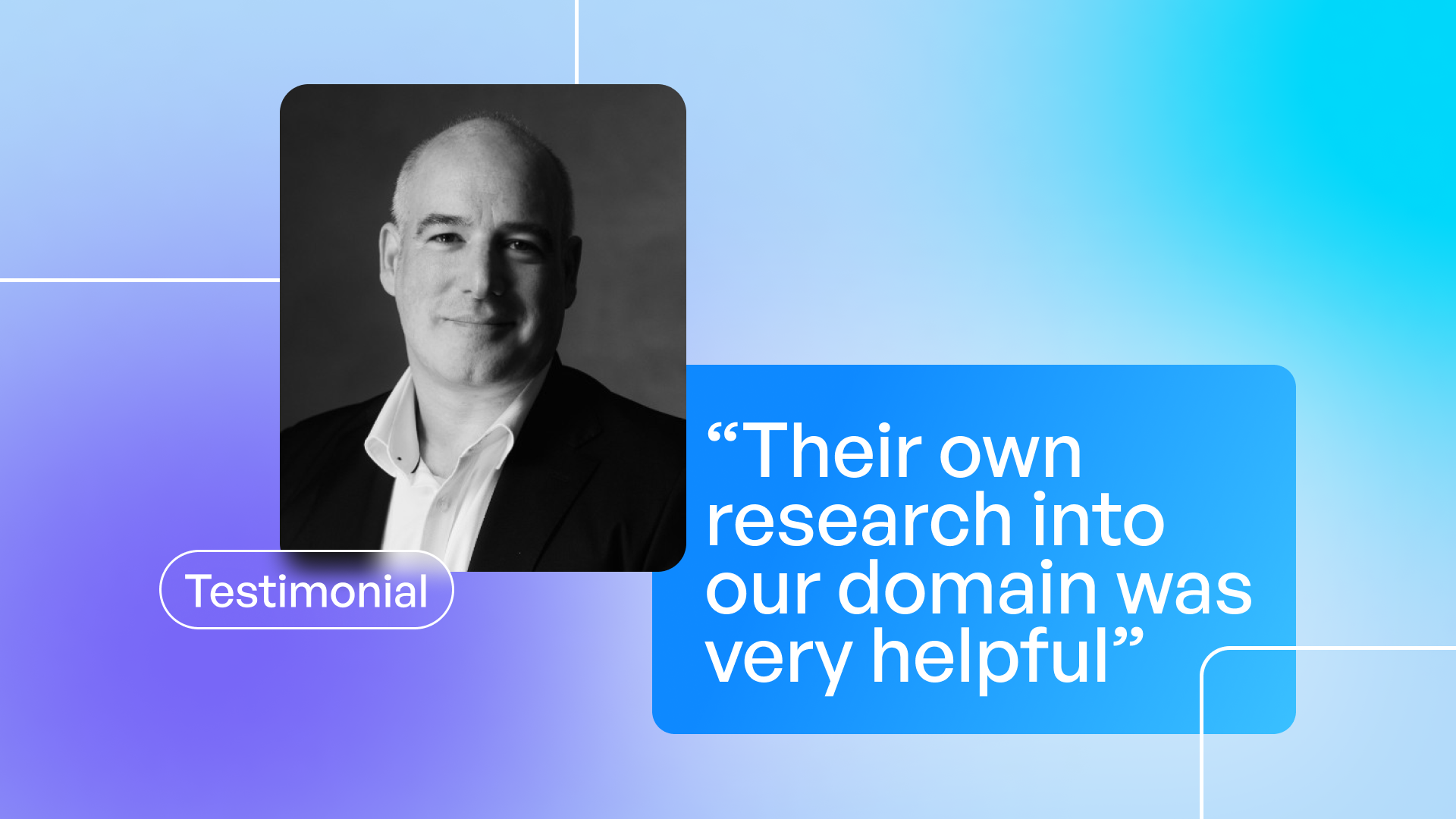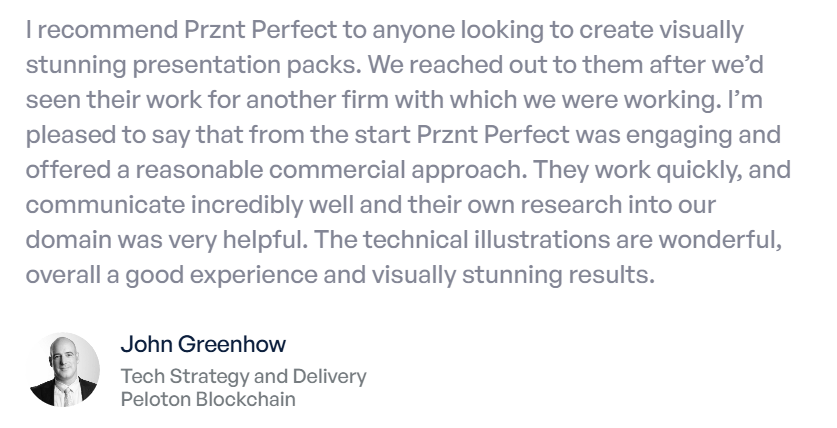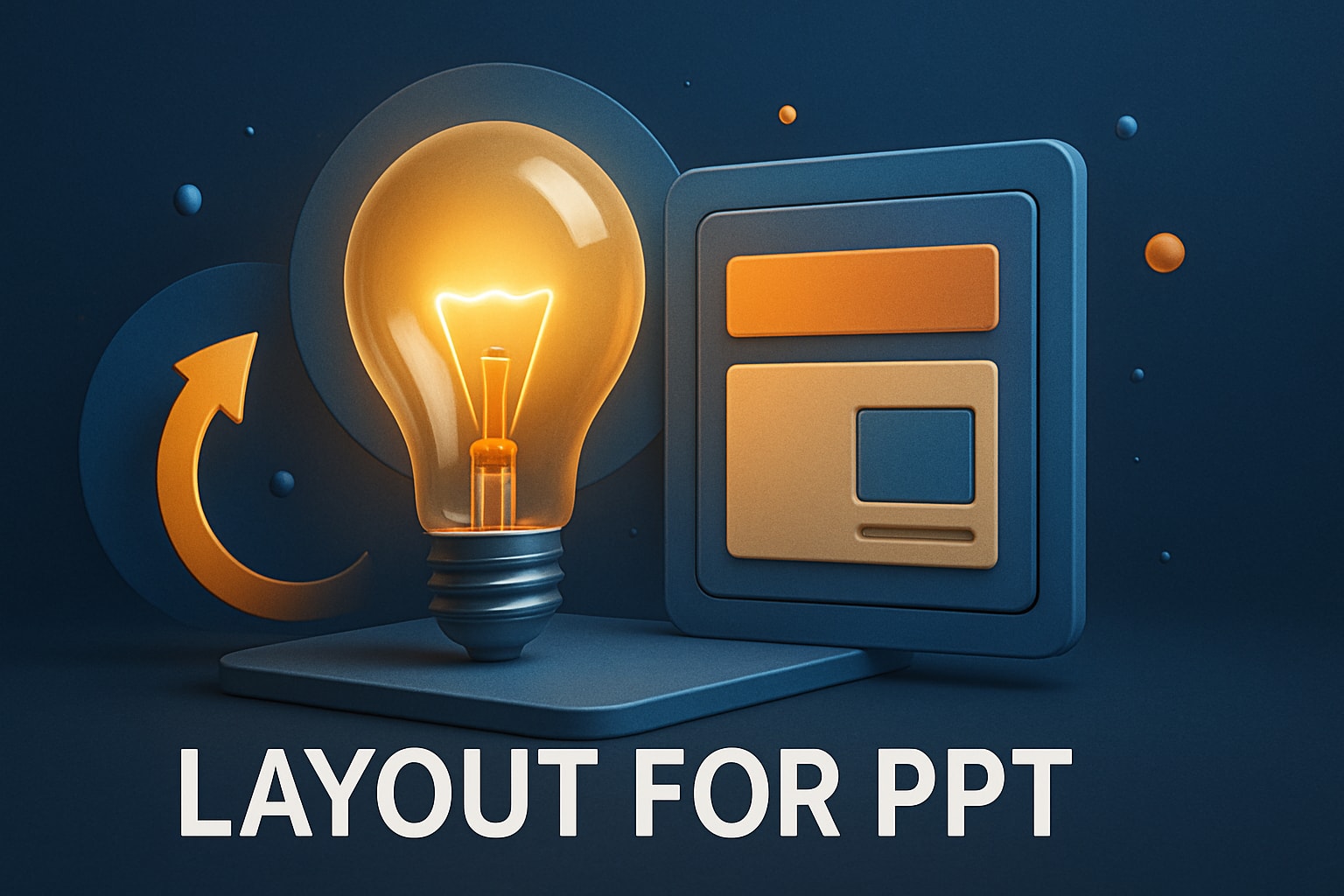Why Depth Matters When You Pitch Technical Ideas

One thing we know for sure: when your product is technical and ambitious, your story needs more than beautiful slides. It needs to be solid from the inside. Good design is not only the nice-looking layout, but also the logic behind it. Which shouldn’t be shaky or half-told.
How curiosity keeps technical decks real
This is why every project in Present Perfect starts with curiosity. We ask questions early, even the basic ones, to see if the story holds. If something does not add up on the slide, it probably does not add up in the room either.
When we worked with Peloton Blockchain, John Greenhow’s team did not just want pretty visuals. They wanted to make sure their technical solution could stand up in front of people who question every word. We took time to learn their domain, tested diagrams until they were clear and built technical illustrations that felt true to how their system actually works.

Why we share work before it is done
Some of the best parts of our work appear because we keep our clients inside the process. Live calls, open drafts, shared Figma. Clear decks come from clear conversations.
As Jake Knapp says in Sprint, the fastest way to test an idea is to show it before it feels finished. We believe this too: show early, fix early, no guesswork at the end.
A note about trust
Trust does not appear on the final slide. It grows while we work. When John said the project felt clear and collaborative, that is what we hope every founder feels: not just a polished deck, but a story that holds up under pressure.
If you build things that cannot be faked
If you work on technical ideas and care about keeping your depth clear and credible, see our case studies or book a free 30-minute call. We believe the best slides happen when the logic behind them is strong enough to stand on its own.
Keep reading
You might also like:
→ Designing Presentations For Experts
→ Inside Our Process: How We Work With Your Team

- This is some text inside of a div block.lay out the facts clearly and compellingly. Use data to establish the ground reality, but remember that facts alone are like the individual strands of a tapestry—necessary but not complete.lay out the facts clearly and compellingly. Use data to establish the ground reality, but remember that facts alone are like the individual strands of a tapestry—necessary but not complete.
- This is some text inside of a div block.lay out the facts clearly and compellingly. Use data to establish the ground reality, but remember that facts alone are like the individual strands of a tapestry—necessary but not complete.




